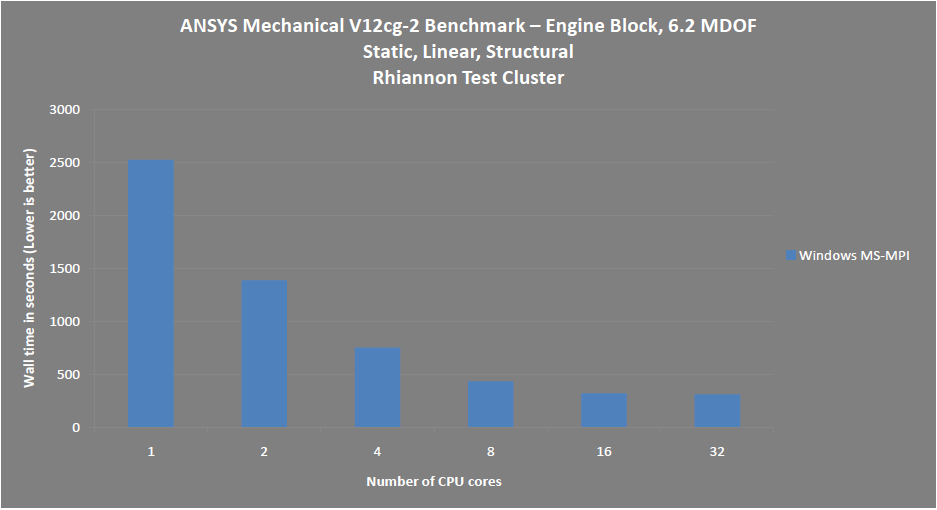
For comparison, this is over 1,432,513 times faster than the Connection Machine CM-5/1024 (1,024 cores), which was the fastest system in November 1993 (twenty-five years prior) with an Rpeak of 131.0 G FLOPS. In June 2018, Summit was fastest with an Rpeak of 187.6593 P FLOPS. Since 1993, performance of the No. 1 ranked position has grown steadily in accordance with Moore's law, doubling roughly every 14 months. Since June 1993, the TOP500 is produced bi-annually based on site and vendor submissions only. The information from those sources was used for the first two lists. David Kahaner, the director of the Asian Technology Information Program (ATIP) published a report in 1992, titled "Kahaner Report on Supercomputer in Japan" which had an immense amount of data.


The TOP500 project also includes lists such as Green500 (measuring energy efficiency) and HPCG (measuring I/O bandwidth).

The TOP500 list is compiled by Jack Dongarra of the University of Tennessee, Knoxville, Erich Strohmaier and Horst Simon of the National Energy Research Scientific Computing Center (NERSC) and Lawrence Berkeley National Laboratory (LBNL), and, until his death in 2014, Hans Meuer of the University of Mannheim, Germany. The United States has by far the highest share of total computing power on the list (nearly 50%), while China currently leads the list in number of systems with 173 supercomputers, with the USA not far behind in second place. Since June 2022, USA's Frontier is the most powerful supercomputer on TOP500, reaching 1102 petaFlops (1.102 exaFlops) on the LINPACK benchmarks. The 60th TOP500 was published in November 2022.
#HPC AI BENCHMARK PORTABLE#
The project aims to provide a reliable basis for tracking and detecting trends in high-performance computing and bases rankings on HPL benchmarks, a portable implementation of the high-performance LINPACK benchmark written in Fortran for distributed-memory computers. The first of these updates always coincides with the International Supercomputing Conference in June, and the second is presented at the ACM/IEEE Supercomputing Conference in November.

The project was started in 1993 and publishes an updated list of the supercomputers twice a year. The TOP500 project ranks and details the 500 most powerful non- distributed computer systems in the world.


 0 kommentar(er)
0 kommentar(er)
